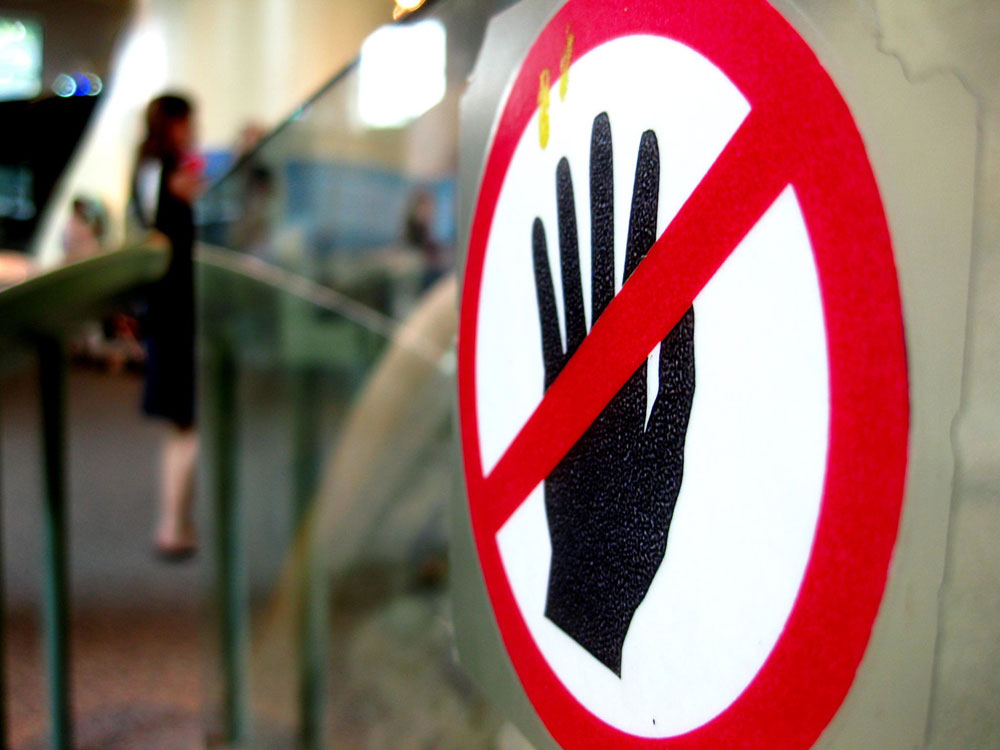
March 19, 2020; New York Times
Last Tuesday, Greta Thunberg, the 17-year-old who inspired the global Fridays for Future that had youth stepping out of school to draw attention to the damage being done to the earth, tweeted that she believes the illness she and her father have had for the last two weeks was COVID-19. She did not have access to the test in Sweden, so she and her father isolated themselves in an apartment, separate from their family.
School strike week 82. In a crisis we change our behaviour and adapt to the new circumstances for the greater good of society.
Join the #DigitalStrike – post a pic of you with a sign and use #ClimateStrikeOnline ! #schoolstrike4climate #fridaysforfuture #climatestrike #COVIDー19 pic.twitter.com/fZkjqN3DOw
— Greta Thunberg (@GretaThunberg) March 13, 2020
One of the most familiar ways to get attention to a cause—the public demonstration—can clearly no longer be used during the pandemic. Activists and advocates have had to become inventive. During her self-quarantine, Thunberg tweeted a message to followers that they would have to “take it online.” Organizers are encouraging protestors to come together through social media with pictures and messages.
Sign up for our free newsletters
Subscribe to NPQ's newsletters to have our top stories delivered directly to your inbox.
By signing up, you agree to our privacy policy and terms of use, and to receive messages from NPQ and our partners.
“We are people who listen to the scientists and it would be hypocritical of us to not treat this as a crisis,” said Saoi O’Connor, a 17-year-old Fridays for Future organizer in Cork, Ireland.
The protests scheduled for this Earth Day, the 50th anniversary of the first one held on April 22, 1970, have been cancelled. Instead, planned events like the March for Science New York City will be held online, featuring livestream performers and speakers.
Can climate activists and others find a way to get attention without public demonstrations? Will Fridays for Future draw enough people to their message if they aren’t holding signs together on sidewalks outside their schools?
An activist from Britain’s Fridays for Future, Dominique Palmer, 20, concedes that they’ll need more than hashtags. Her group is weighing options like simultaneous telephone banks aimed at elected officials and protests over Twitter. They started last week, posting videos from their bedrooms, backyards, and balconies. They are working toward the United Nations climate talks in Glasgow, scheduled for November, after the US presidential election. Prime ministers and presidents from across the globe will be charged to bring down greenhouse emissions with more commitment and dedication.
Getting the attention of elected officials will be difficult during the pandemic crisis. While young activists are especially adept at social media, there is a lot going on. Dana Fisher, sociology professor at University of Maryland, who studies activism, notes that, “What you’re going to end up doing is amplifying within an echo chamber, which is really different from what the movement wants.”
O’Connor says they have brought in new faces online and they are prepared to be flexible and adapt to the tools that are available. “Intersecting crises will be a feature of our times,” O’Connor says. “We can’t let one stop action on the other.”
Fridays for Future hopes their respect in staying off the streets will be noticed by older generations. “That’s also how we want the older generation to feel toward young people,” Palmer says. “We want them to make the effort to save the planet for us in that same way.”—Marian Conway












